Standardizing specifications

One of our techs checks out a receiver in our original testing facility.
In the late 1970s, just five years after founding the business, Bill Crutchfield became concerned about just how useful specifications were in helping customers compare one product to another.
You see, specifications, like statistics, are fluid and easily manipulated. Take power specs, for example: the output of an amplifier (measured in watts) depends not only on the design of the circuitry, but on the amount of input voltage (power from a battery) it receives. The more input voltage an amp gets, the more wattage it can put out (though distortion levels will also increase). This can sometimes make comparisons tricky: while the power specs of an amp tested at 12.5 volts to one tested at 14.4 volts are technically both valid, it isn't necessarily useful to compare the two.
By 1979, Bill Crutchfield began to feel that the world of car consumer electronics was a little like the Wild West. There were no agreed-upon standards, nor a governing body to verify specification claims. In order to provide customers with specifications that they could trust when comparing products, Bill invested $20,000 in equipment and facilities right here in our Virginia headquarters that let us perform our own independent tests of various specifications on most of the products we were carrying at the time. Check out a pdf of the fun article we published in our 1979 catalog to learn more.
We engaged in this testing off and on until 1987. By then, our inventory of products had grown large enough that it became impossible for us to be able to test a sample of each model.
However, we're still advocates of product testing uniformity. We're an active member of the Consumer Electronics Association, which, back in 2003, established CEA-2006, a set of voluntary standards many manufacturers use when testing their products. As you shop our site, you'll notice that on products such as receivers and amplifiers, we make sure to indicate CEA-2006 compatibility whenever applicable. Fortunately for customers, CEA-2006 has become a popular standard, and it's easier than ever to compare specs fairly.
Of course, if you do need a hand understanding the differences between two similar products, you can always give us a call at 888-955-6000.




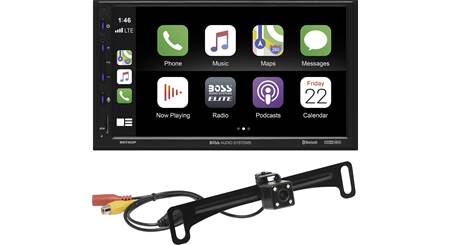
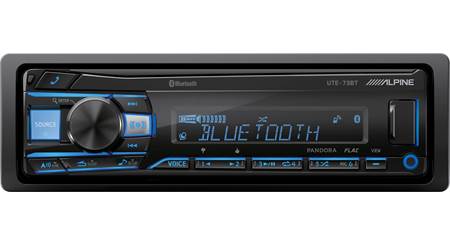
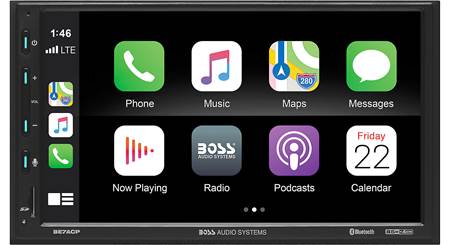
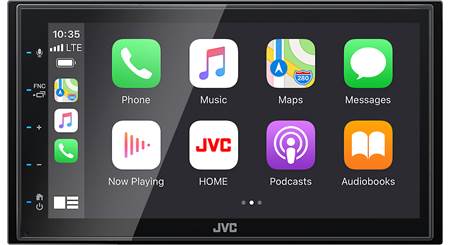
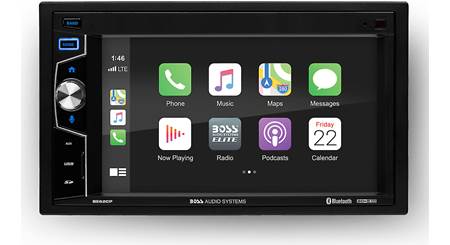
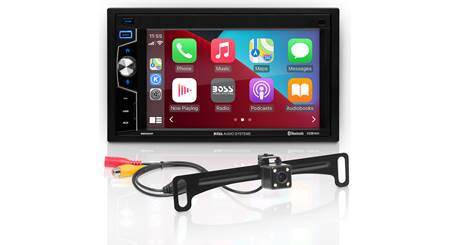
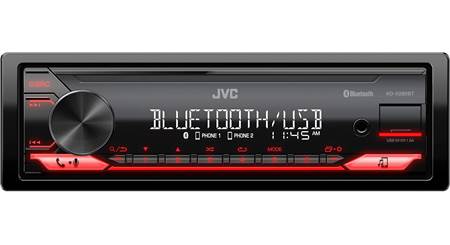
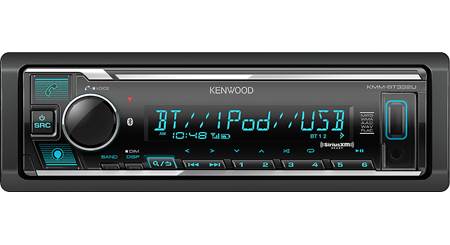

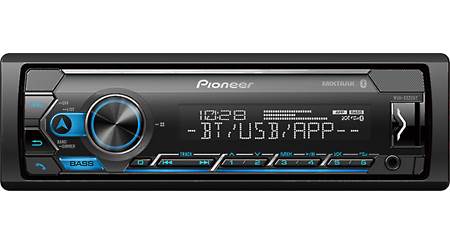
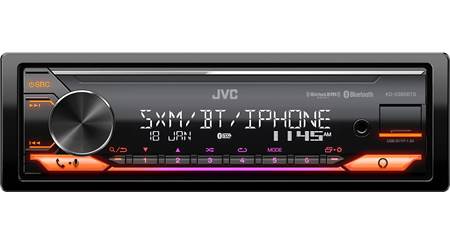


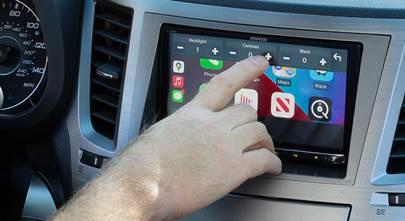
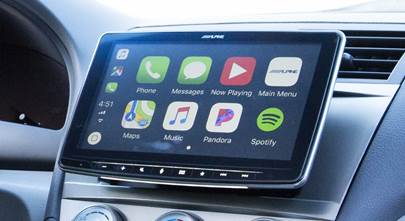
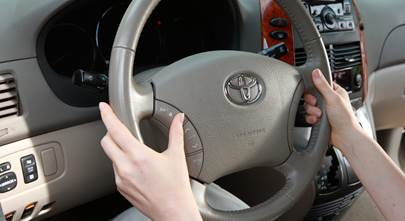
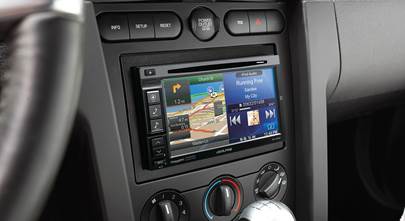

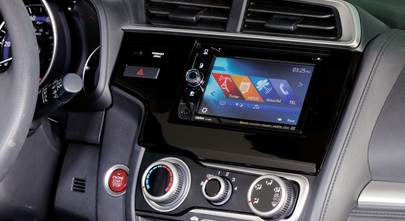
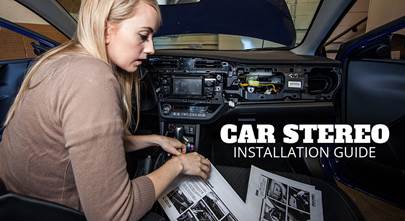

Comments (0)
Please share your thoughts below.